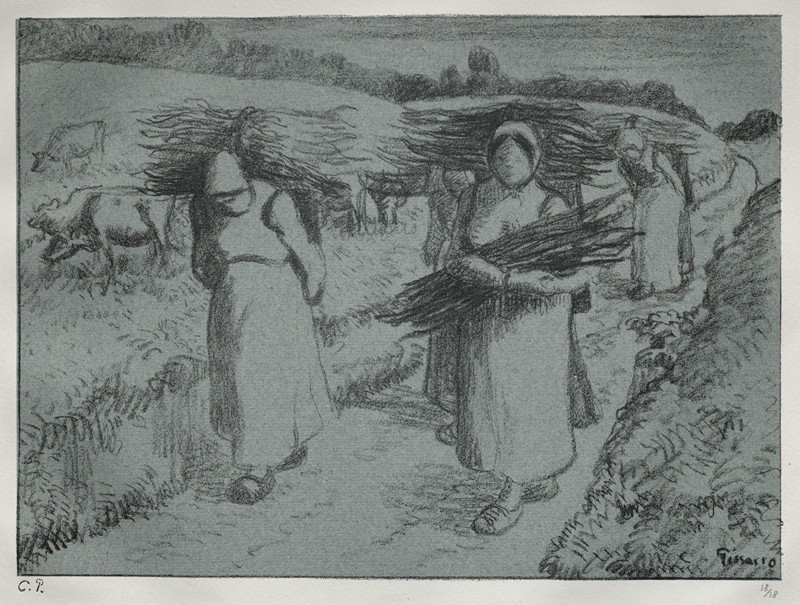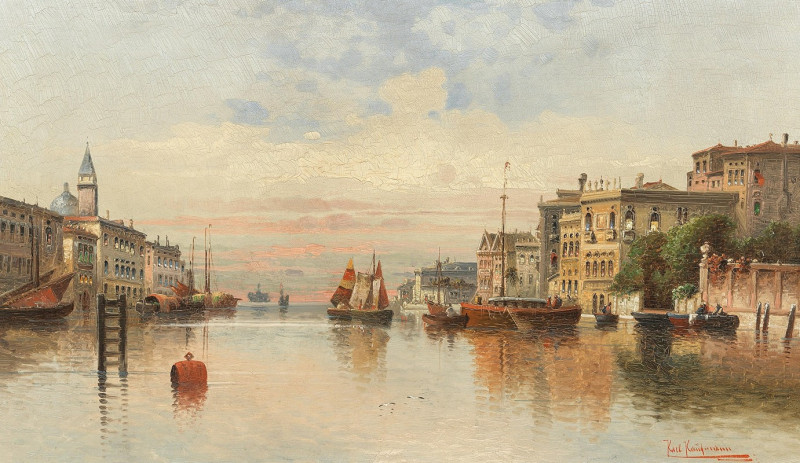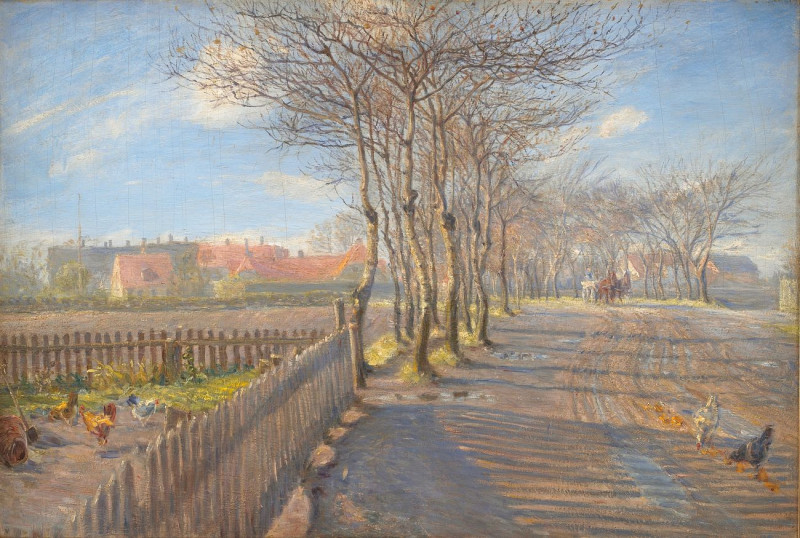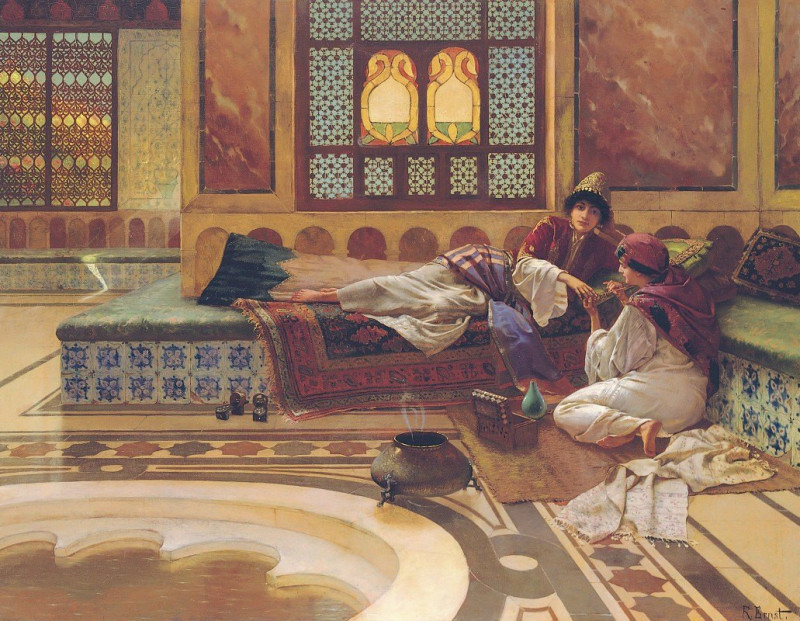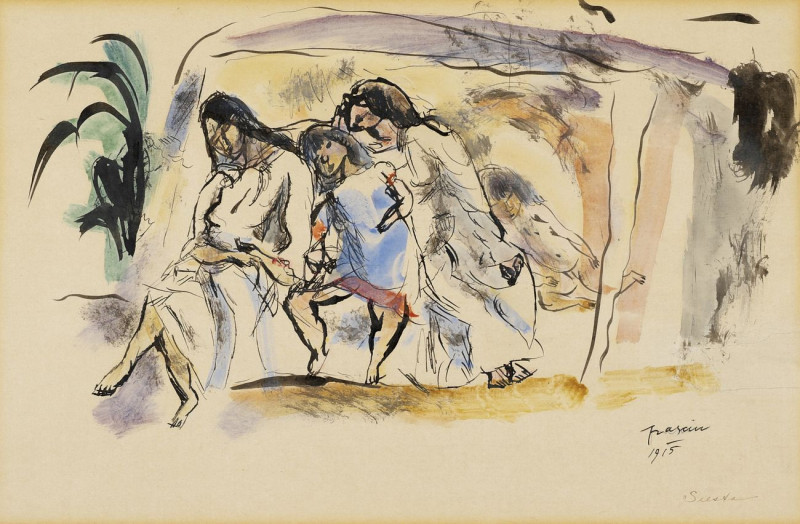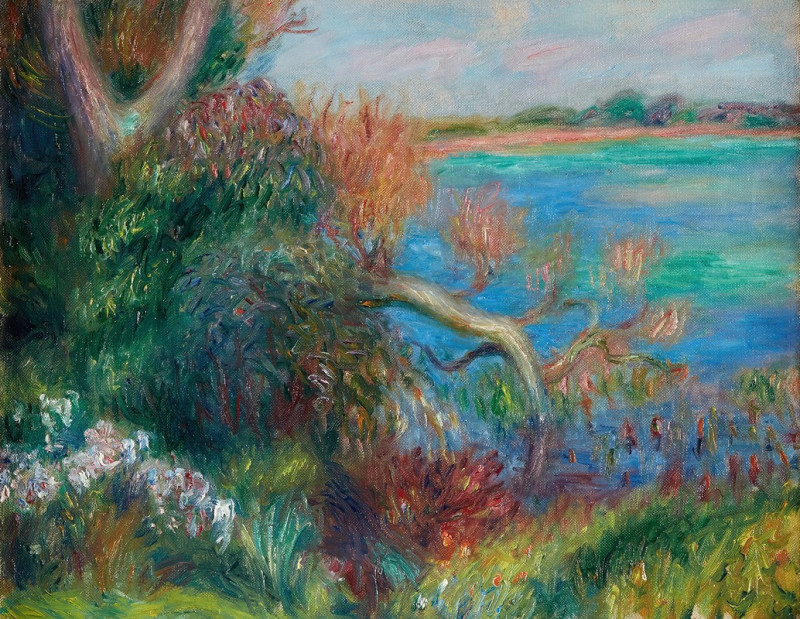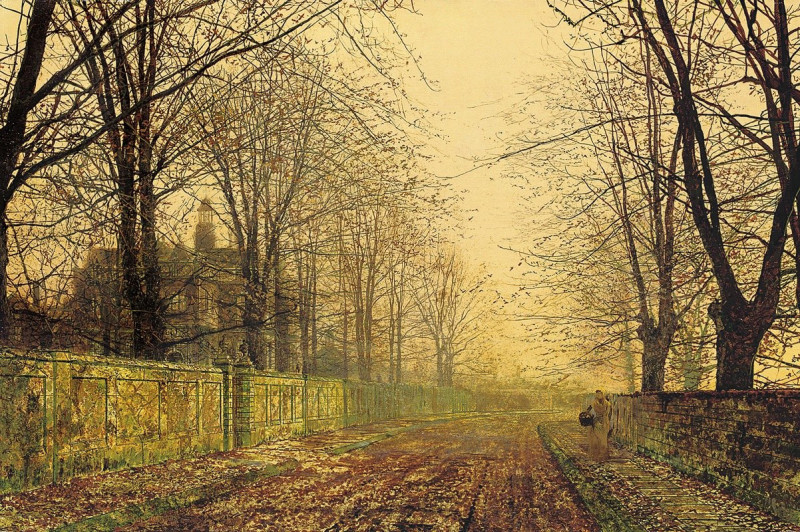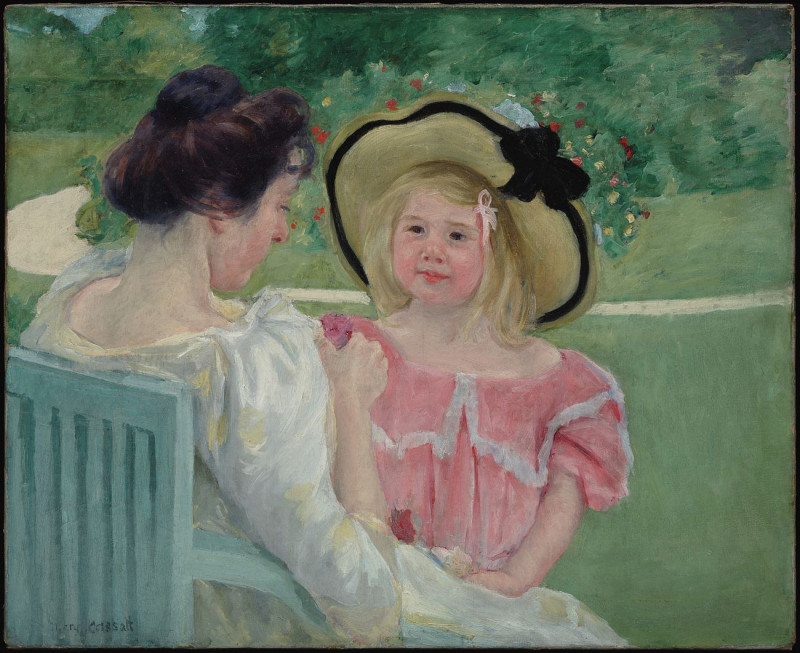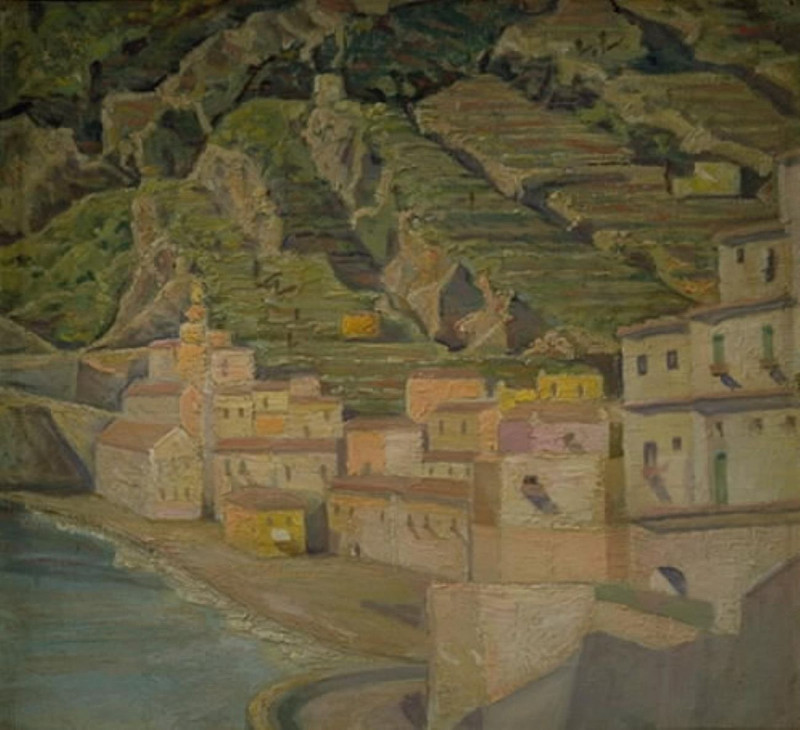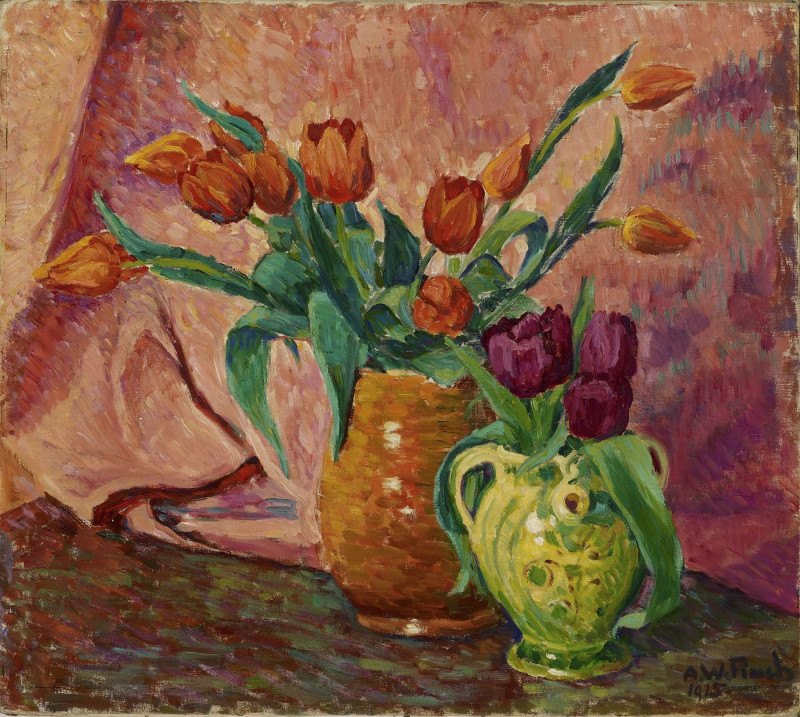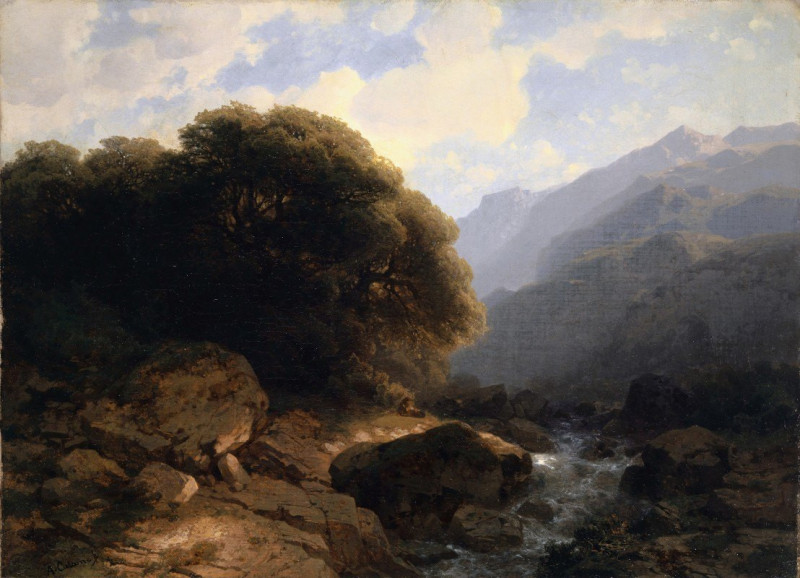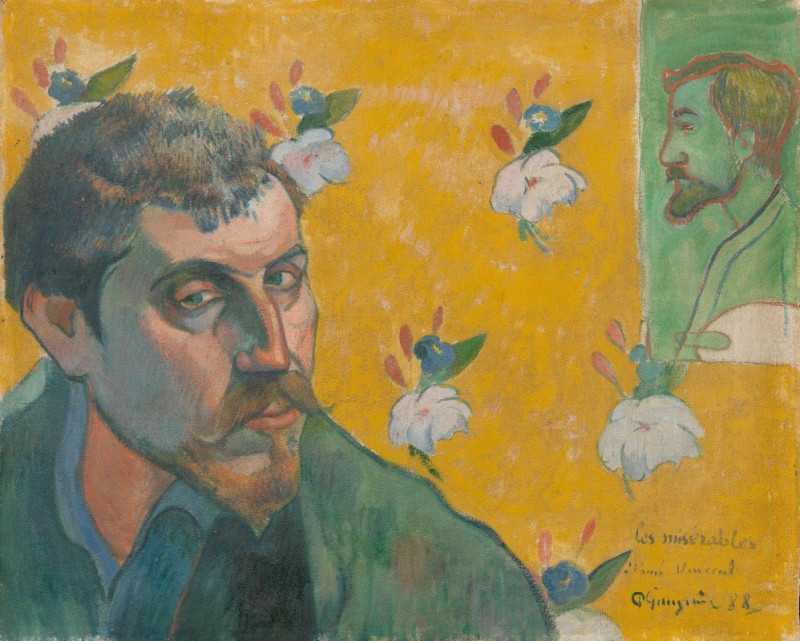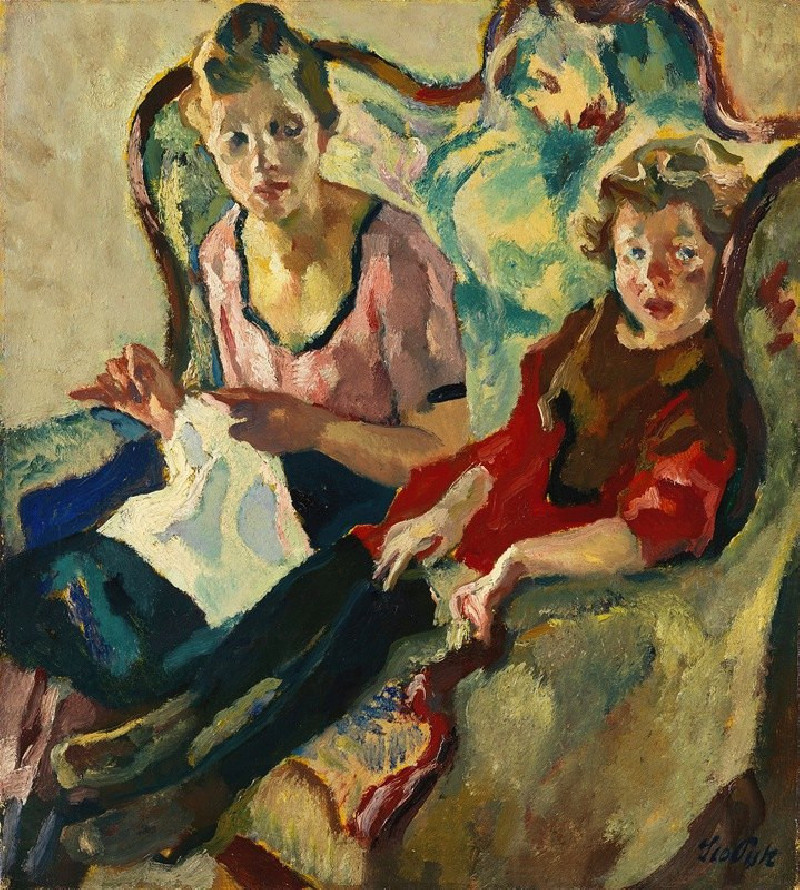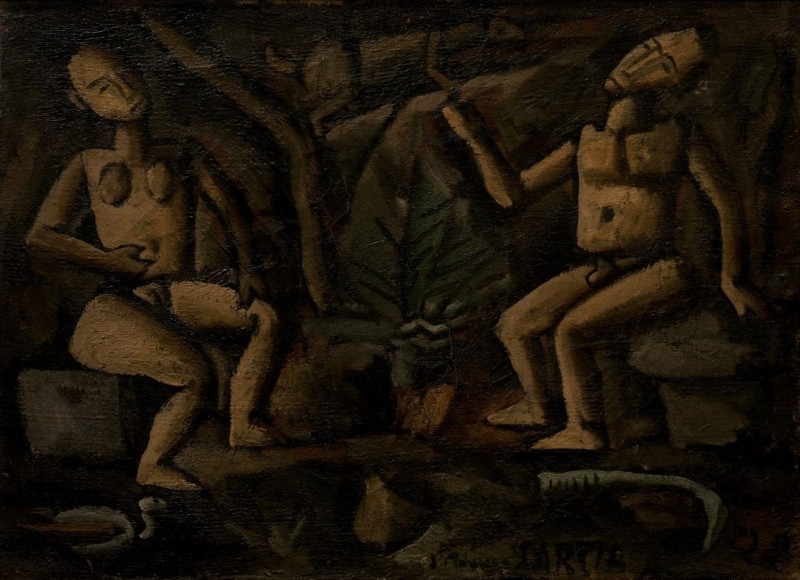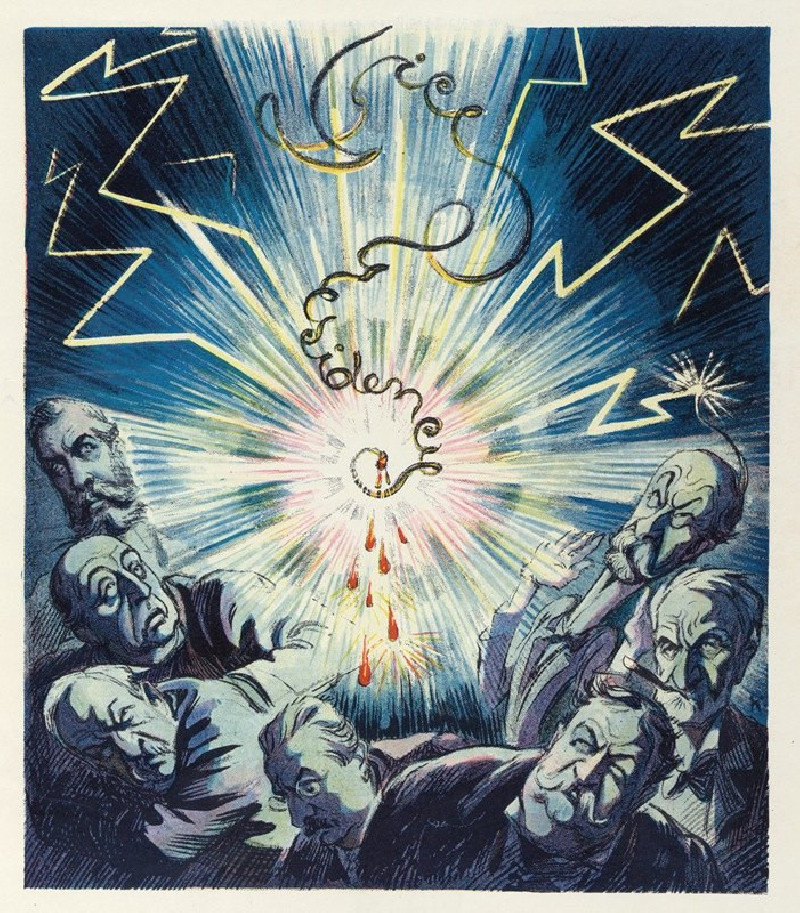Peasants Carrying Fagots (c. 1896)
Technique: Giclée quality print
Recommended by our customers
More about this artwork
"Peasants Carrying Fagots," a captivating lithograph created by Camille Pissarro around 1896, beautifully captures rural life with an intimate and raw portrayal. In this piece, Pissarro gives us a glimpse into the daily lives of peasants, emphasizing both their laborious tasks and enduring spirit.The artwork depicts three figures in a pastoral landscape, burdened with large bundles of fagots (sticks for firewood). The foremost figure, a woman, is shown slightly bent under the weight of her load, her face shaded by a headscarf which conveys her modesty and the hard work inherent to her daily life. To her right and a little behind, another woman carries a similar bundle, mirroring the posture and task of the first. In the backdrop, a third figure, possibly a man, complements the scene with his load, further emphasizing the communal nature of this labor. Behind them, a serene pasture hosts grazing cattle, enhancing the rural setting.Pissarro’s use of meticulous line work and soft shading captures the textural details of the natural surroundings and the peasants’ garments, providing a sense of movement and adding life to the scene. The choice of lithography as a medium allows for a softer focus that lends an almost ephemeral quality to this snapshot of peasant life, evoking a sense of transience and the fleeting moments of everyday chores.This piece is emblematic of Pissarro's compassionate approach to his subjects, often focusing on peasants and rural landscapes. With "Peasants Carrying Fagots," Pissarro not only documents a simple act of labor but also elevates it, offering a narrative that is both deeply human and universally resonant.
Delivery
Returns
Blessed are they who see beautiful things in humble places where other people see nothing. — Camille Pissarro
Camille Pissarro (1830-1903) was born on St.Thomas (now the US Virgin Islands) to a Portuguese father and a Dominican mother. He went to Paris to study art at Ecole des Beaux-Arts. He was an early pioneer of pointillism and neo-impressionism and later became a mentor of many famous impressionist painters including Cezanne, Manet, Renoir, and Gauguin. His paintings depicted rural and urban French landscapes and lifestyle. Many of his works politically captured images of peasants and laborers. Today, he is considered the father of impressionism.

